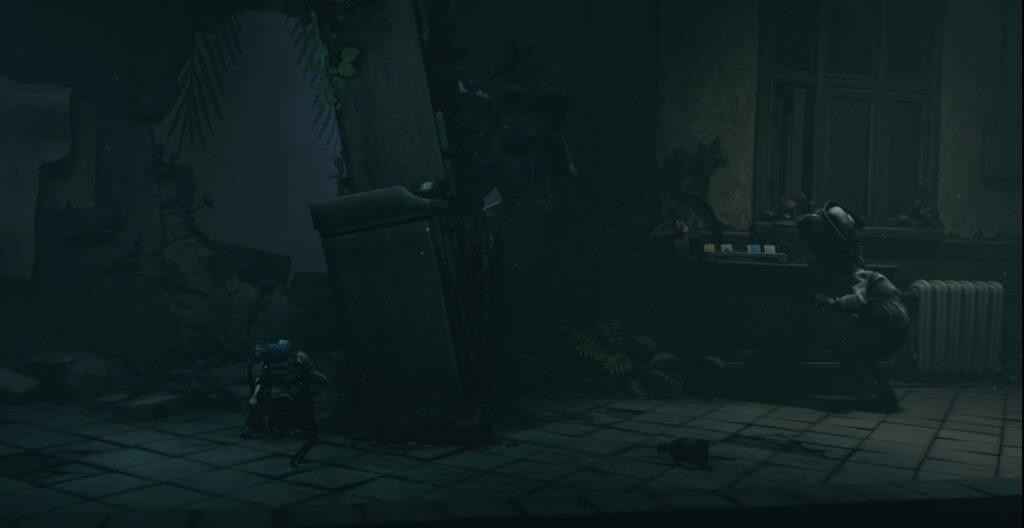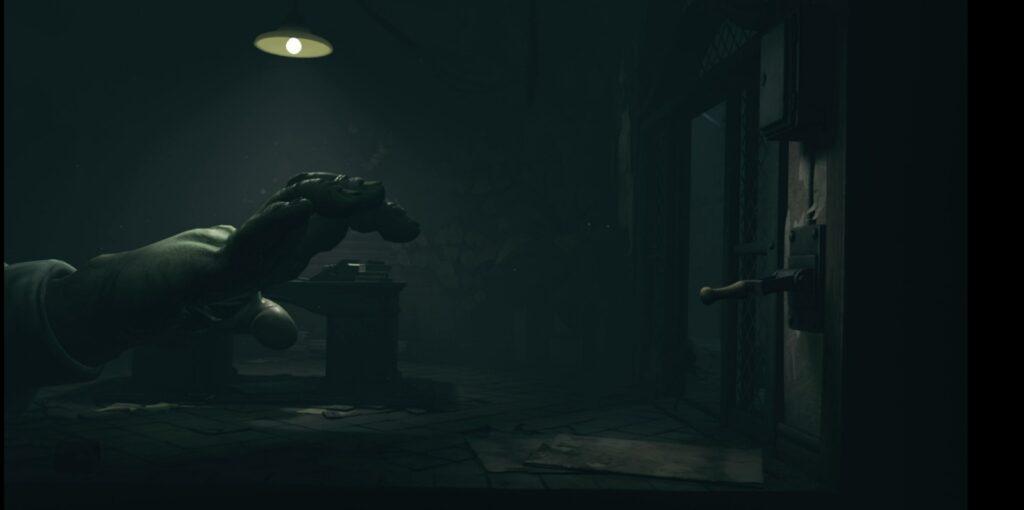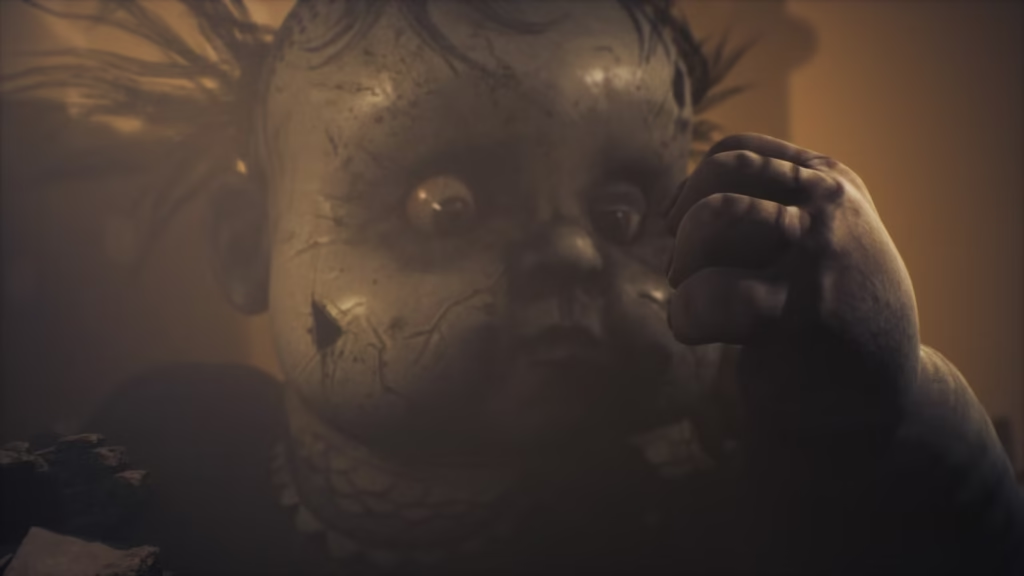Is Little Nightmares 3 worth it or just a cheap entry to the franchise? Our in-depth Little Nightmares 3 review breaks down the truth for fans of indie horror games.
Published by Bandai Namco and developed by Supermassive Games, Little Nightmares 3 released on 10th October 2025 as the next entry in a franchise known for turning childhood fears into creepy and twisted art. Fans were excited, critics were skeptical, and after the game’s release, the conversation quickly became divided. Some called it repetitive, others called it atmospheric perfection. This Little Nightmares 3 review ignores what the “expert critics” are saying and focuses on how it actually feels to experience the game as someone who loves dark cinematic indie horror games.
Atmosphere and Visual Style
The greatest strength of Little Nightmares 3 is its consistency in tone. You only know that Little Nightmares 3 was developed by a different team because it was announced to you, otherwise the gameplay, the visuals and the atmosphere feels completely similar to the previous two games. The game preserves that creepy yet strangely adorable horror style the series is known for. The world feels handcrafted, every frame looks like concept art brought to life, and the cinematic direction makes even slow moments visually engaging. For players who come to the series for atmosphere, this entry delivers exactly what it should. It is still one of the most aesthetically polished indie horror games available today, and that alone places it among the visually memorable contenders for the best horror games of 2025.
Puzzle Design and Gameplay Flow
Critics have claimed that the puzzles feel too simple this time around, but that take comes from comparing it directly to Little Nightmares 2. In reality, Little Nightmares 3 feels closer to the original game in terms of puzzle difficulty. I feel Little Nightmares should not be seen as a heavy puzzle series like Limbo or Inside. It is about pressure and survival, in a creepy yet emotional atmosphere, not about complex problem solving. The puzzle flow here matches that intention. I did not find them mindless, just consistent with the tone of the franchise. Calling them weak feels like ignoring the identity of the series.

Co-op and Boss Encounters
Co-op is the big new feature, and yes, it slightly changes how you move through the world. However, I played solo and therefore can only comment on how it feels when you play in single-player mode. It does not increase nor break the horror, it just shifts it slightly into a shared experience. Although there are no apparent bugs in the game, the only frustrating issue is that sometimes you suffer just because your AI companion doesn’t react on time. The highlight moments are the boss segments. Each stage has that classic Little Nightmares formula of stress, chase, and finally, that satisfying relief upon conquering the boss-level threat. I personally felt a spike of frustration during a few chase segments, but defeating each boss gave a strong payoff that made the struggle worth it.
Game Length vs Price Debate
Here is where most criticism starts forming. Little Nightmares 3 has four chapters instead of five like the previous games. That alone triggered complaints that the game is shorter. However, if you just compare the average YouTube walkthrough durations, it will reveal a different truth. Little Nightmares 1, 2, and 3 all average around 3-4 hours of gameplay. The chapter count dropped, not the actual playtime. But yes, the real issue is price perception. For the cost of this game, players can pick up multiple older indie horror games or even 3-4 AAA titles during a sale. That distorts expectations and makes some feel the game should have been longer, even though it remains consistent with franchise length. As a fan, I do not expect a ten hour campaign from a game in this genre, but I understand why waiting for a sale is a smart choice for some.

Where Critics Got It Wrong
Much of the criticism around Little Nightmares 3 comes from reviewing it as if it needed to reinvent itself completely to be considered good. That is unfair to the identity of the franchise. If a game offers the same quality atmosphere, familiar tension, and satisfying escalation, it should not be punished just because it did not radically reinvent the formula. Critics act like delivering more of what fans actually love is somehow a flaw. The truth is simple. The game does not aim to shock the world with innovation. It aims to continue a visual horror fairytale style that is unique to this franchise, and it succeeds. Anyways, we already have Re-Animal coming in early 2026, which has been developed by the creators of Little Nightmares 1 and Little Nightmares 2. So, those who want a complete new experience definitely have sometito look forward to!
Verdict
If you loved the previous games and simply want more of that cinematic, dark fairytale horror tone, Little Nightmares 3 is worth experiencing. It looks stunning, sounds unsettling in the best way, and maintains the core emotional rhythm of the series. It may not redefine indie horror games, but it does stand as a strong addition to the lineup of the best horror games of 2025 for anyone who values atmosphere over constant reinvention. If you are chasing something completely new, then it might not blow your mind. In that case, wait for a sale and play it with grounded expectations. For those who totally love this franchise, this nightmare is worth entering right away!
Review : 8 out of 10 stars
You can also check out 10 indie horror games like Little Nightmares.




Pingback: 10 Indie Horror Games You Should Play Before Little Nightmares 3 - Cinematic Gamers
Pingback: Little Nightmares 3 Demo Released: Here's Everything You Should Know - Cinematic Gamers